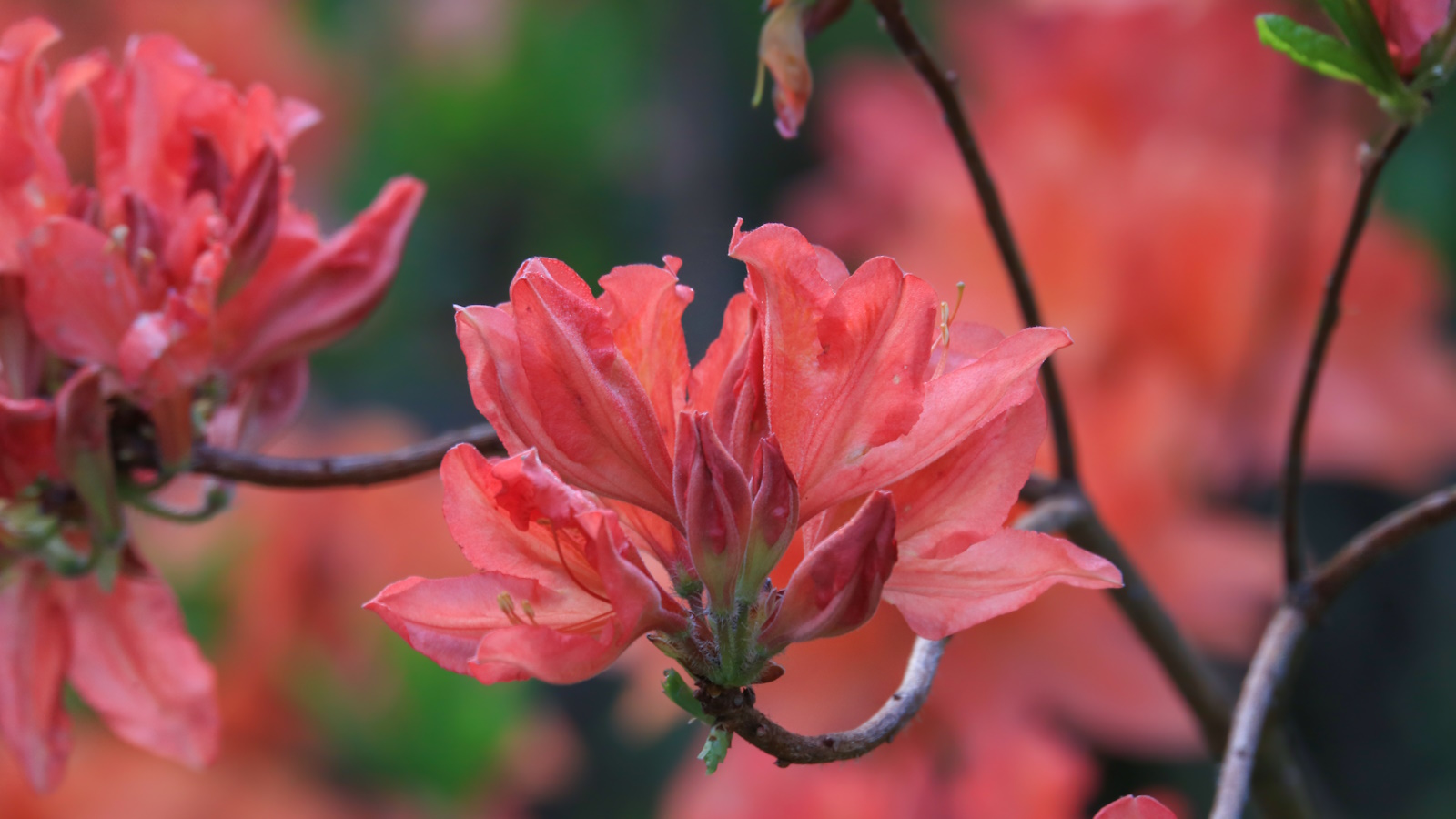
The Rhododendron genus is a large group of over 1,000 different species. Most of these are native to Asia, particularly the Himalayan region, but a small number grow closer to home. The Pacific rhododendron, Rhododendron macrophyllum, is found growing along the West Coast of North America, producing masses of Barbie-pink blooms that are striking when seen in a woodland environment in the State of Washington, Oregon or California.
Whatever species you grow, whether it is a native azalea or a rhododendron from mountainous terrains far away, it is important to know how to care for your plant during the fall. As with all seasons, fall is a time of great change, with balmy, mild days giving way to heavy rainfall and harsh frosts, often in rapid time.
As a former professional gardener, I have grown rhododendrons and azaleas in many gardens where I have worked across the UK. While these popular shrubs are easy to maintain, a few simple steps completed in the fall will ensure your plants produce plenty of flowers next year. Here, I share all I know to get the most out of your prized shrubs.
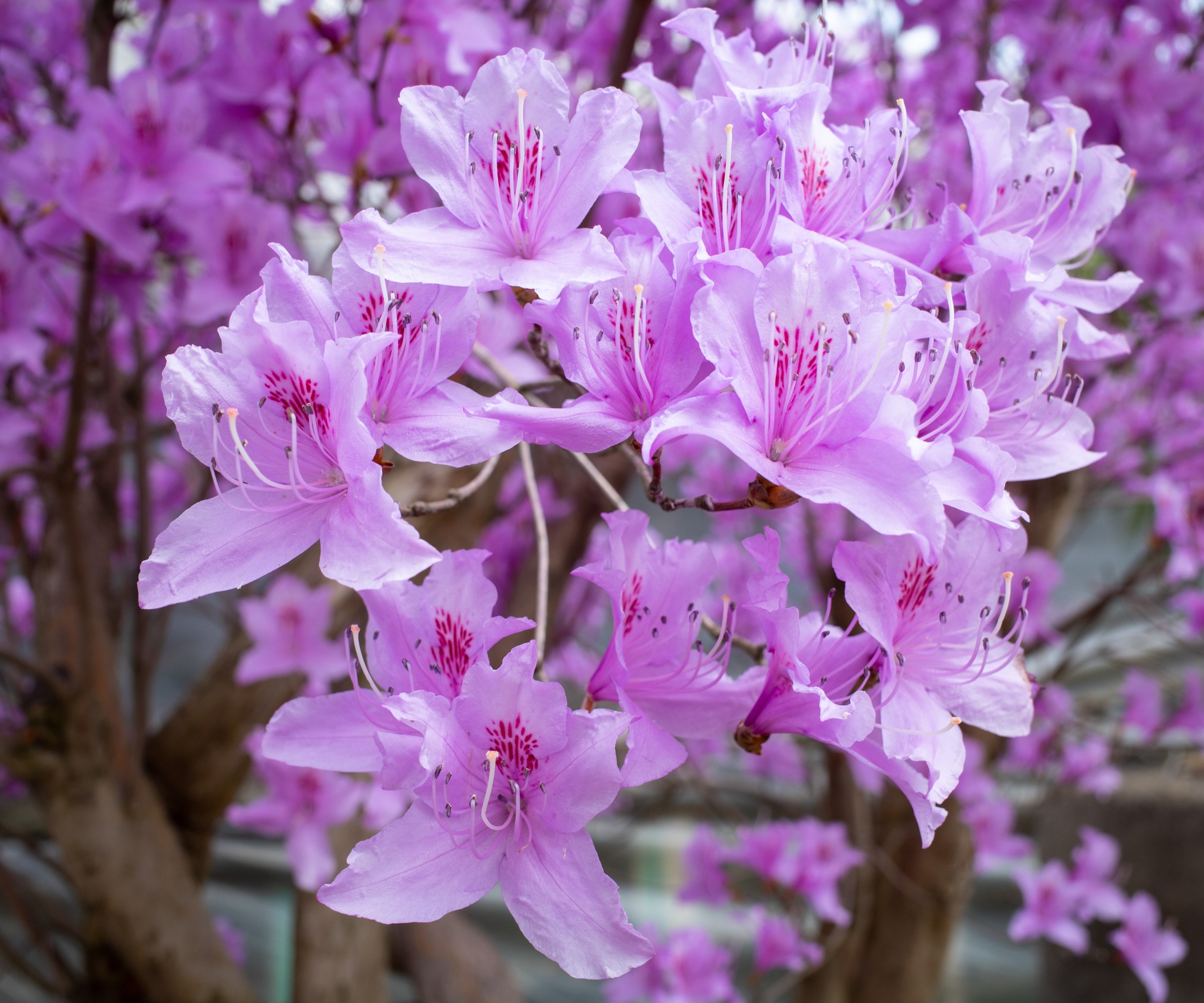
What to do with rhododendrons and azaleas in the fall
During fall, rhododendrons and azaleas require specific care to ensure that they thrive the following spring and summer. In October and November, it is a good idea to mulch your borders, tidy your plants and monitor watering. By following these simple steps you will get the most out of your flowering shrubs in the years to come.
1. Mulch rhododendron and azalea shrubs
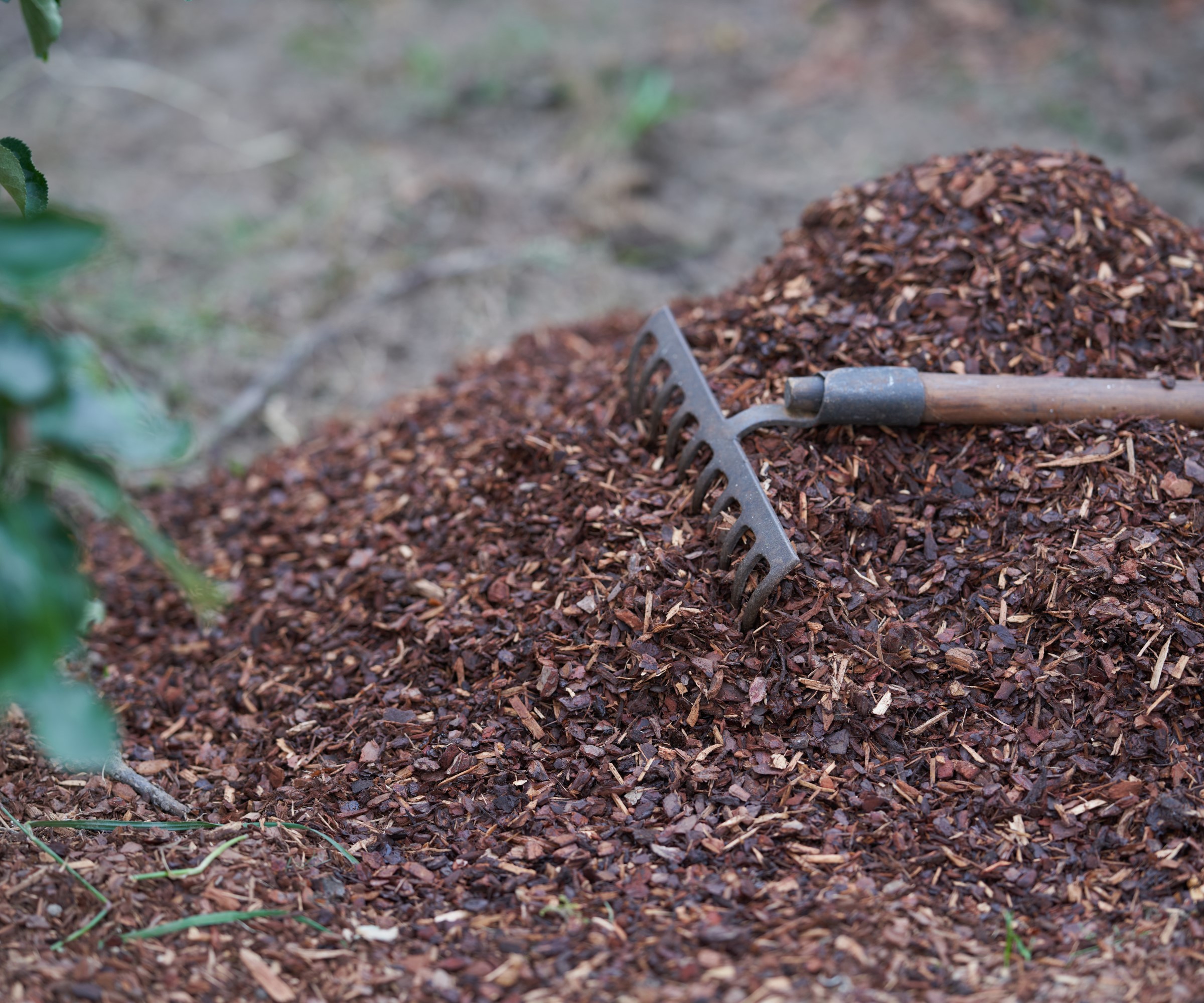
Mulching in the fall is a good idea as it will help protect your plants during the colder months of the year. This is particularly important in cooler US hardiness zones, such as zone 4 or 5. What's more, mulching will help keep weeding to a minimum, which is helpful during the fall when the wet weather can result in ideal growing conditions for many vigorous weeds.
Add a layer of mulch around the base of your rhododendrons and azaleas anytime in October or November, doing so before winter gets underway. Organic products, such as this pine bark mulch, make for an excellent mulch that will support the ecosystem in your yard and insulate the roots of your plants.
I suggest applying a thick two-inch layer of mulch around the base, ensuring that the mulch doesn’t touch the trunk of your rhododendrons or azaleas directly as this can cause rotting.
This mulch will help your shrubs to maintain healthy root systems by protecting them from frost, cold and direct sun in the summer. What's more, this mulch improves the structure of your soil.
2. Lightly prune your rhododendrons and azaleas
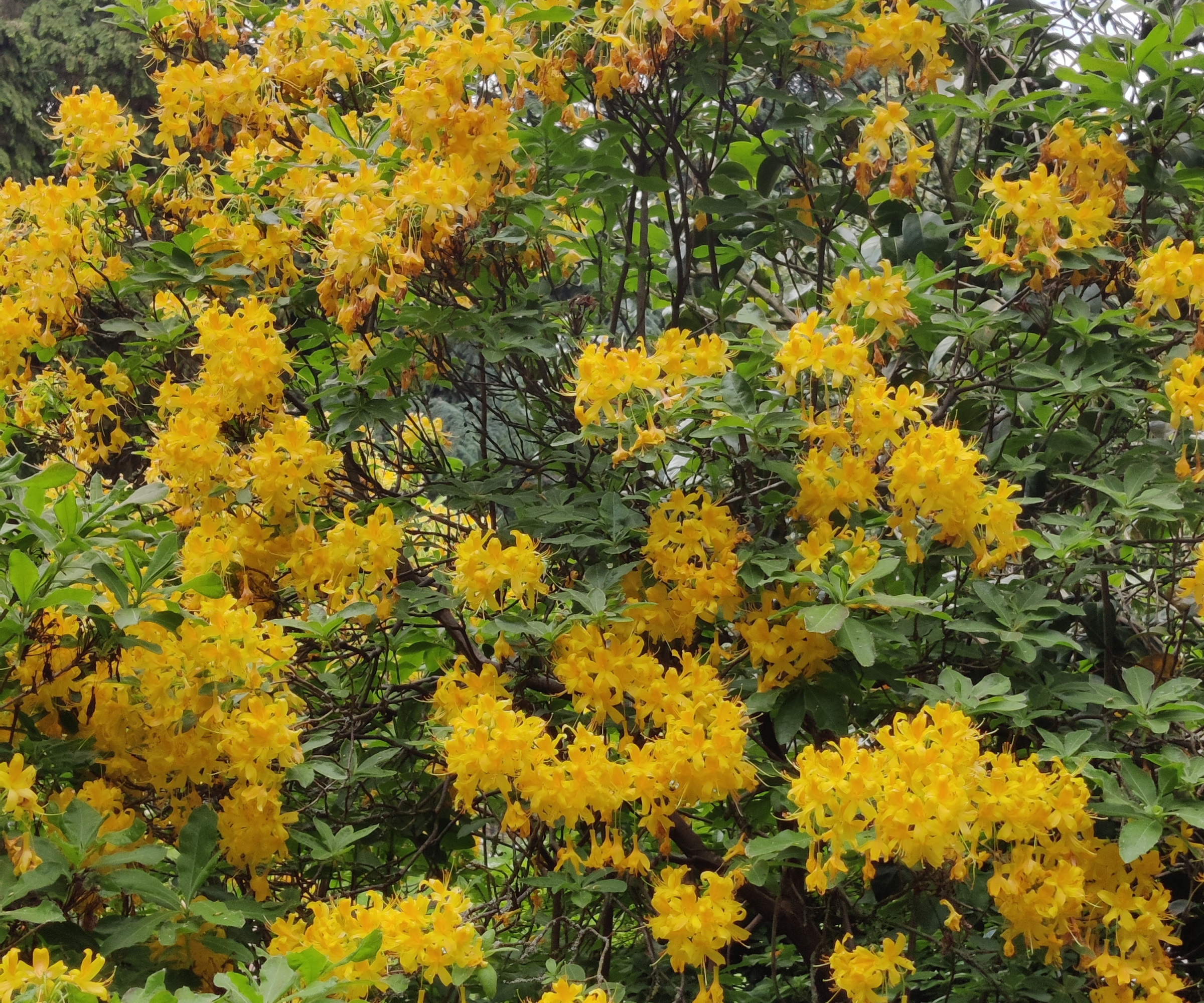
Lightly pruning rhododendrons and azaleas in the fall will ensure they remain healthy and in good shape. I suggest removing any dead or diseased branches, which should be easy to spot. These branches will have few if any leaves, and will often appear rotten or blackened in color. For thicker branches, it is best to use a sharp pruning saw, available from Walmart, cutting down to a healthy stem or shoot.
I also recommend a final spot of deadheading, removing any remaining spent blooms. This will prevent the shrub from expending energy on seed production, and also ensure that you do not have masses of seedlings to remove in the spring, unless, of course, you are looking to propagate rhododendron plants in your yard.
Simply deadhead azalea and rhododendron shrubs by snipping any faded blooms or seed pods down to the stem, using clean and sharp tools such as these Felco pruners, available from Amazon.
3. Water rhododendron and azalea shrubs deeply
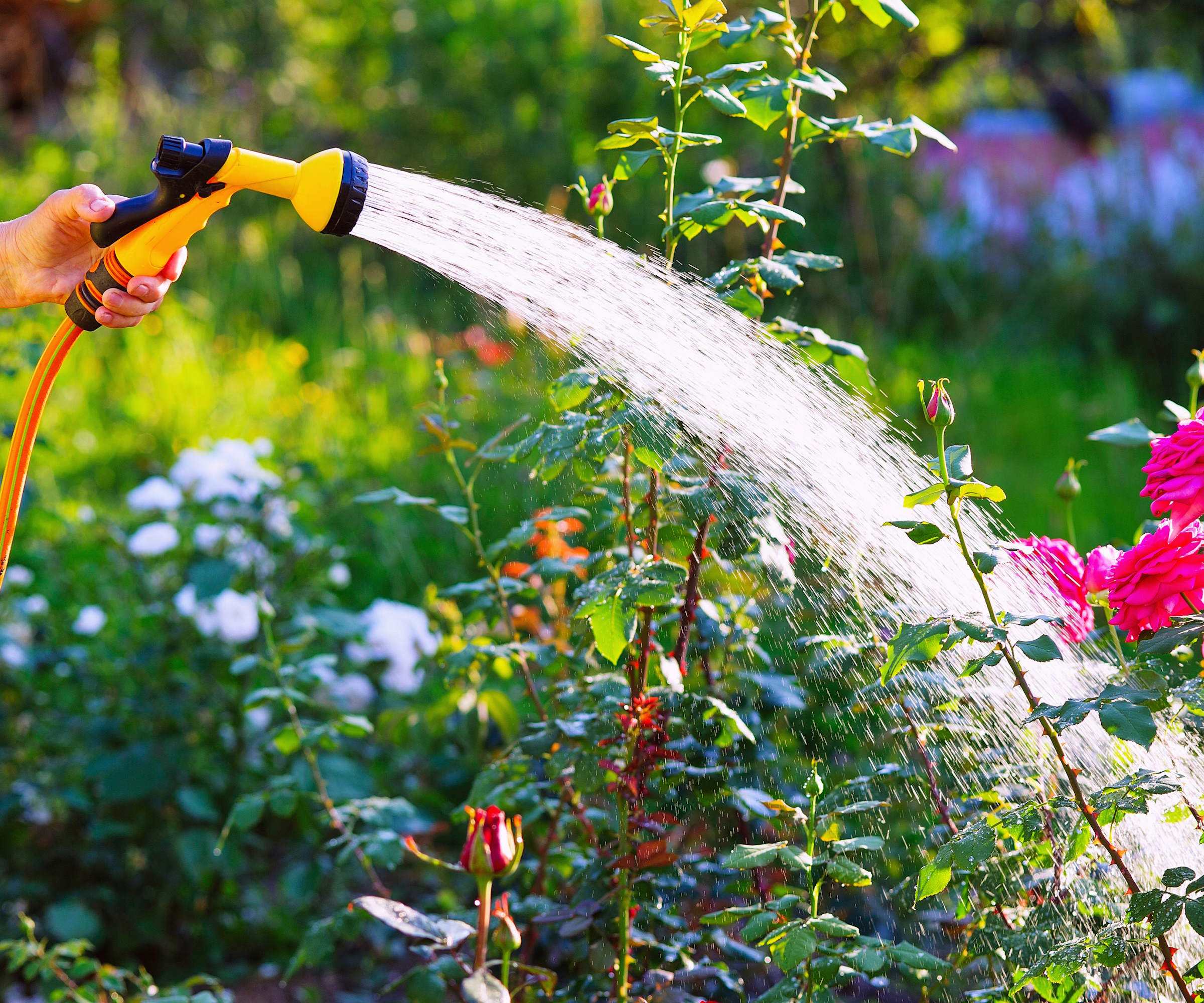
Much the same as caring for rhododendrons and azaleas in summer, watering these woodland shrubs in the fall is crucial. While they don't require an excessive amount of water, ensuring the soil is moist before winter sets in is a good idea.
'Rhododendrons and azaleas are typically woodland plants,' says Kathy Jentz, azalea expert and editor of The Azalean, 'meaning that they thrive in moist soils. For this reason, supplemental watering through late summer into early fall will ensure that your plants have what they need for the dark, cold months ahead.
'It is best to follow the deep watering approach,' Kathy advises, 'with infrequent but thorough waterings far preferable to smaller amounts.'
Fall can be an incredibly changeable season, with periods of warm and dry weather making watering an important job to add to your fall gardening checklist. The amount of water will vary depending on your soil and the weather, but I would always tend to suggest at least two or more cans to reach the roots far underground. Purchasing a good quality watering can is a long-term investment I cannot recommend enough, such as this galvanized steel watering can, available from Amazon.
FAQs
What is eating the lower leaves of my azalea?
If leaf damage is restricted to the lower leaves of your rhododendron or azalea plants, it is often the result of hungry deer passing through your yard. If you have a large shrub, this is not typically a problem, as they will not be able to reach the upper canopy. However, for smaller shrubs, it is a good idea to deter these pests, by using something like these organic peppermint repellent balls from Amazon.
One final word of warning is to never feed your rhododendrons or azaleas in the fall. This is a common fertilizing mistake but should be avoided at all costs. 'Feeding in the fall can encourage your plant to produce new growth which will then be killed during winter,' Kathy says. 'It is best to leave fertilizing to the springtime.'







